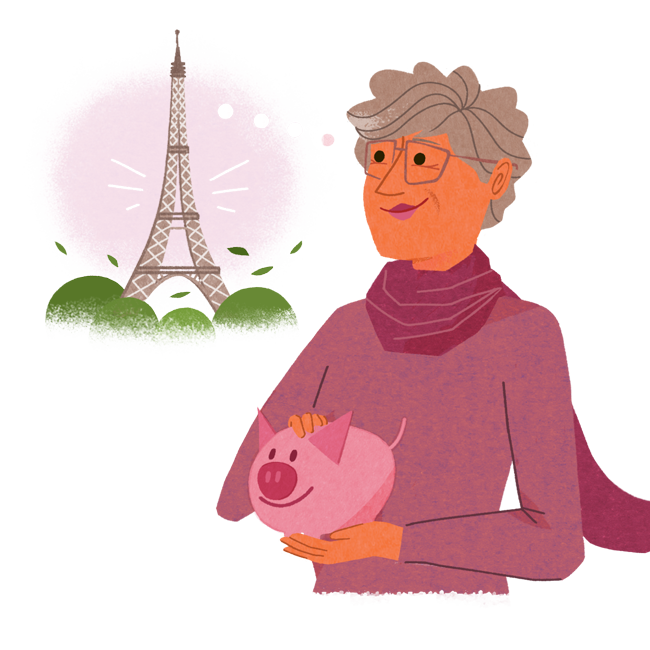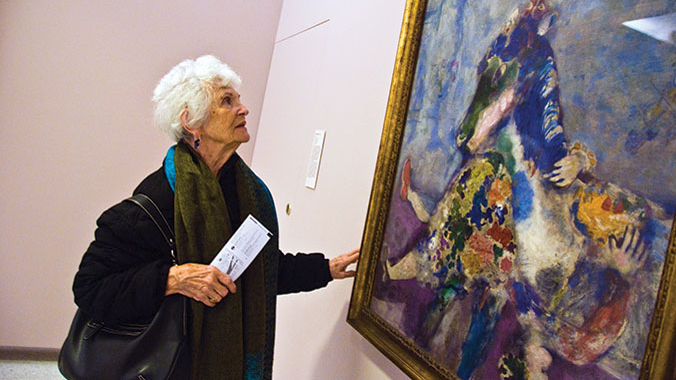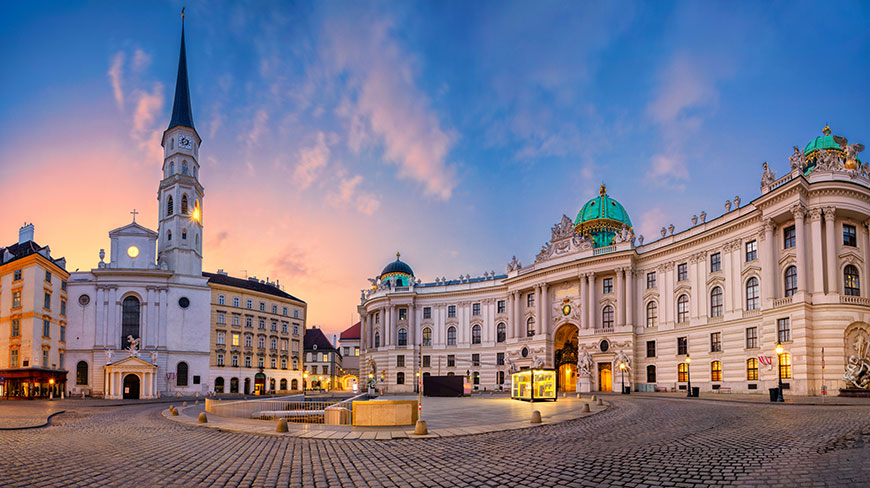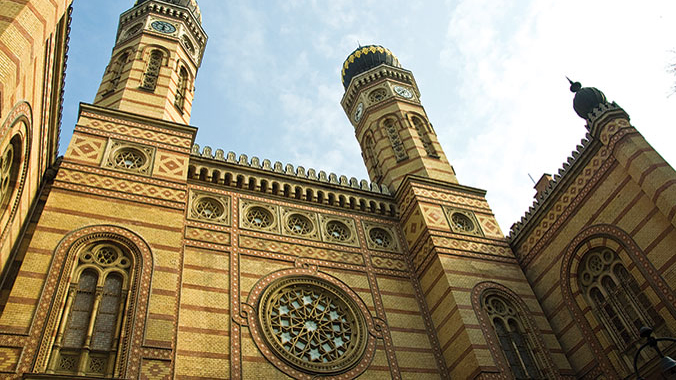A Nervous Splendor, Vienna 1888-1889
by Frederic Morton
A portrait of Vienna at the end of the 19th century, this book focuses on Crown Prince Rudolph, his devastating suicide and the rich texture of gossip and daily life at the Habsburg Court.
A Time of Gifts
by Patrick Leigh Fermor
Fermor effortlessly interweaves anecdote, history and culture in this exuberant account of a walk from Holland, up the Rhine and down the Danube, through Germany, Prague and Austria in 1933. Written not in the moment, but 40 years later, the accumulation of time and experience gives the book particular poignancy.
Budapest 1900
by John Lukacs
Written by a distinguished historian and native son, this richly detailed portrait of the city at its zenith includes hundreds of illustrations.
Budapest, A Cultural History
by Bob Dent
This brilliant guide introduces the history and traditions of this Central European cultural capital, with emphasis on its most important artists and architects.
Bury Me Standing
by Isabel Fonseca
This marvelous portrait of the Roma, also known as the Gypsies, offers insight into their music, foods, religions and folk traditions and also examines their influential but complex relationship with Eastern Europe.
Central Europe Map
by Freytag & Berndt
This colorful regional European map, like the sister map Europe Grand Tour (EUR185), covers from Paris and Amsterdam to Vienna, Prague, Warsaw, Budapest, Rome and Dubrovnik.
Danube
by Claudio Magris
Mixing history, personalities and literature, Magris traces the course of the Danube from its source in the heart of the Austro-Hungarian Empire through the Balkans to the Black Sea in this anything but conventional travelogue, first published in 1986.
Danubia, A Personal History of Habsburg Europe
by Simon Winder
Winder, author of Germania (GER270), considers the legacy of the Habsburg Europe in this charmingly digressive history and travelogue.
Dvorak and His World
by Michael Beckerman
A fascinating view of the Czech composer's personal life and his influence on the world around him.
God's Playground Vols. 1 & 2
by Norman Davies
The most comprehensive survey of Polish history available in English, God's Playground demonstrates Poland's importance in European history from medieval times to the present. Abandoning the traditional nationalist approach to Polish history, Norman Davies instead stresses the country's rich multinational heritage and places the development of the Jewish German, Ukrainian, and Lithuanian communities firmly within the Polish context.
Iron Curtain: The Crushing of Eastern Europe 1944-1956
by Anne Applebaum
In the much-anticipated follow-up to her Pulitzer Prize-winning Gulag, acclaimed journalist Anne Applebaum delivers a groundbreaking history of how Communism took over Eastern Europe after World War II and transformed in frightening fashion the individuals who came under its sway. Iron Curtain describes how, spurred by Stalin and his secret police, the Communist regimes of Eastern Europe were created and what daily life was like once they were complete. Drawing on newly opened East European archives, interviews, and personal accounts translated for the first time, Applebaum portrays in chilling detail the dilemmas faced by millions of individuals trying to adjust to a way of life that challenged their every belief and took away everything they had accumulated. As a result the Soviet Bloc became a lost civilization, one whose cruelty, paranoia, bizarre morality, and strange aesthetics Applebaum captures in these electrifying pages.
Journey By Moonlight
by Antal Szerb
One of the best-known novels in contemporary Hungarian literature tells the story of Mihály, who goes to Italy with his new wife Erzsi. When bride and groom become separated at a provincial train station, Mihály embarks on a chaotic and bizarre journey that leads him finally to Rome, where he must reckon with both his past and his future.
Kingdom of Auschwitz
by Otto Friedrich
Otto Friedrich's slim book is an intensely personal account of the infamous Auschwitz death camp. He covers the entire history of Auschwitz in short chapters punctuated with eyewitness accounts and testimonies.
Lonely Planet Central Europe
by Lonely Planet
With dozens of maps, color photographs and sections on history and culture, this practical guide introduces Austria, the Czech Republic, Germany, Hungary, Poland and their neighbors.
Mozart, A Life
by Paul Johnson
Challenging myths surrounding Mozart’s health, religion and relationships, biographer Paul Johnson shows the great composer’s lasting impact on the musical world with insight.
Open Letters, Selected Writings: 1965 - 1990
by Vaclav Havel, Paul Wilson (Editor)
This inspired anthology of writings by the Czech poet-president Vaclav Havel collects 25 essays, letters and speeches written between 1965 and 1990, including those that directly influenced the Polish Solidarity movement.
Poland: A Novel
by James A. Michener
In this sweeping novel, James A. Michener chronicles eight tumultuous centuries as three Polish families live out their destinies. The Counts Lubonski, the petty nobles Bukowksi, and the peasants Buk are at some times fiercely united, at others tragically divided. With an inspiring tradition of resistance to brutal invaders, from the barbarians to the Nazis, and a heritage of pride that burns through eras of romantic passion and courageous solidarity, their common story reaches a breathtaking culmination in the historic showdown between the ruthless Communists and rebellious farmers of the modern age. Like the heroic land that is its subject, Poland teems with vivid events, unforgettable characters, and the unfolding drama of an entire nation.
Prague in Black and Gold, Scenes from Life in a European City
by Peter Demetz
Both a history and an accessible guide to the neighborhoods and architecture of the city.
Prague, A Traveler's Literary Companion
by Paul Wilson (Editor)
This anthology of 24 vivid stories by Czech writers, both contemporary and well-known, brings the city, history, spirit and people to life.
The Cathedral Builders of the Middle Ages
by Alain Erlande-Brandenburg
This pocket-size encyclopedia of the art, architecture and culture of the Middle Ages features hundreds of drawings, color illustrations and a brief chronology.
The Girl in the Red Coat: A Memoir
by Roma Ligocka & Iris Von Finckenstein
As a child in German-occupied Poland, Roma Ligocka was known for the bright strawberry-red coat she wore against a tide of gathering darkness. Fifty years later, Roma, an artist living in Germany, attended a screening of Steven Spielberg’s Schindler’s List, and instantly knew that “the girl in the red coat”—the only splash of color in the film—was her. Thus began a harrowing journey into the past, as Roma Ligocka sought to reclaim her life and put together the pieces of a shattered childhood.
The result is this remarkable memoir, a fifty-year chronicle of survival and its aftermath. With brutal honesty, Ligocka recollects a childhood at the heart of evil: the flashing black boots, the sudden executions, her mother weeping, her father vanished…then her own harrowing escape and the strange twists of fate that allowed her to live on into the haunted years after the war. Powerful, lyrical, and unique among Holocaust memoirs, The Girl in the Red Coat eloquently explores the power of evil to twist our lives long after we have survived it. It is a story for anyone who has ever known the darkness of an unbearable past—and searched for the courage to move forward into the light.
The Habsburgs, Embodying Empire
by Andrew Wheatcroft
With skillful scholarship and engaging style, Wheatcroft reveals the history of this family of eccentric monarchs.
The Hare With Amber Eyes
by Edmund De Waal
Edmund de Waal unfolds the story of his remarkable family, a grand banking family, as rich and respected as the Rothschilds, who "burned like a comet" in early 20th-century Paris and Vienna.
The Haunted Land, Facing Europe's Ghosts After Communism
by Tina Rosenberg
In this groundbreaking book, a journalist reports on how the newly democratized people of East Germany, Poland and the Czech Republic have confronted the horrors of their former governments.
The Krakow Ghetto Pharmacy
by Tadeusz Pankiewicz
One Polish pharmacist's eyewitness account of the history of the Krakow Ghetto. First published in 1947, Tadeusz Pankiewicz's memoir vividly depicts the horrors inflicted upon the inhabitants of the Jewish district. From his pharmacy in the heart of the ghetto, Pankiewicz watched a tragedy unfold -- a tragedy that would claim the lives of his friends and neighbours.
The Magic Lantern, The Revolution of '89 Witnessed in Warsaw, Budapest, Berlin, and Prague
by Timothy Garton Ash
With a chapter each on Warsaw, Budapest, Berlin and Prague, this eyewitness account by an astute journalist and historian shows these vibrant cities during a time of great change.
Vienna, A Traveler's Literary Companion
by Donald Daviau
Organized by neighborhood, these 15 alluring tales introduce both the city and its writers, including Arthur Schnitzler, Robert Musil, Stefan Zweig and even Franz Kafka, who had a long and complicated association with the city.







